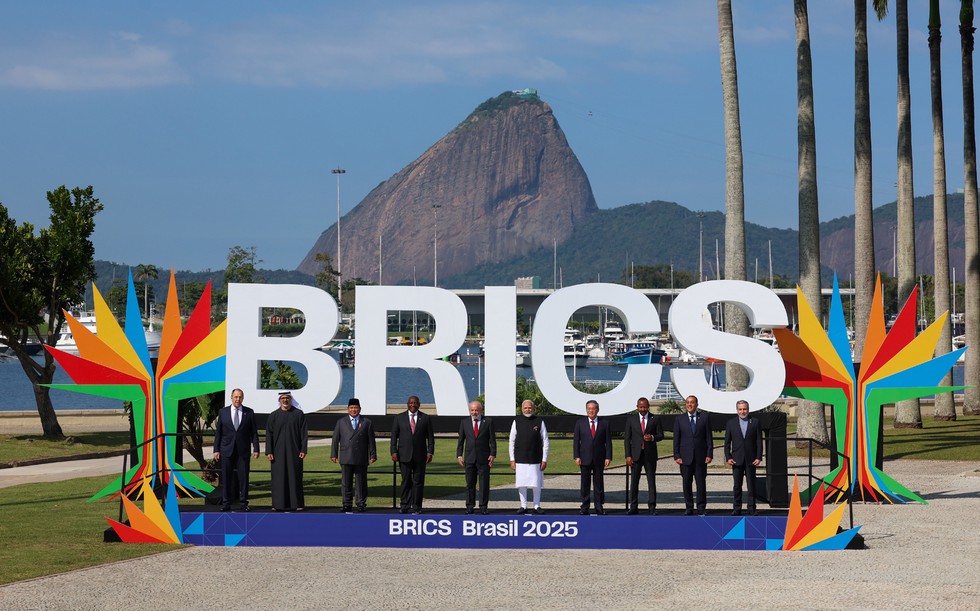About BRICS Grouping:
- BRICS is an acronym for Brazil, Russia, India, China, and South Africa, a bloc of countries that formed a partnership following the creation of an acronym ‘BRIC’ in 2001 by Goldman Sachs economist Jim O’Neill (but it didn’t include South Africa at the time).
- Representatives of the BRIC countries first began meeting informally during the 2006 meeting of the United Nations General Assembly.
- South Africa joined in 2010, making it “BRICS”.
- The objectives of BRICS include strengthening economic, political, and social cooperation among its members, as well as increasing the influence of Global South countries in international governance.
- The group seeks to improve the legitimacy, equity in participation, and efficiency of global institutions such as the UN, IMF, World Bank, and WTO. Moreover, it aims to bolster sustainable social and economic development and promote social inclusion.
- BRICS work is based on action plans approved during annual summits since 2010.
- BRICS Grouping New Members: Egypt, Ethiopia, Iran, the United Arab Emirates, and Indonesia.
- The expanded group has a combined population of about 3.5 billion, or 45% of the world’s inhabitants.
- Combined, members’ economies are worth more than $28.5tn – about 28% of the global economy.
New Development Bank (NDB):
- NDB is a multilateral development bank established by BRICS with the purpose of mobilising resources for infrastructure and sustainable development projects in emerging markets and developing countries (EMDCs).
- The Agreement was signed during the BRICS Summit held in Fortaleza in 2014, and the Bank started operations in 2015.
- Headquarters: Shanghai, China, with regional offices in South Africa and Brazil.
- The membership is open to members of the United Nations.
- The voting power of each member shall equal its subscribed shares in the capital.
- However, the share of the BRICS nations can never be less than 55% of the voting power. Also, none of the countries will have veto power.
